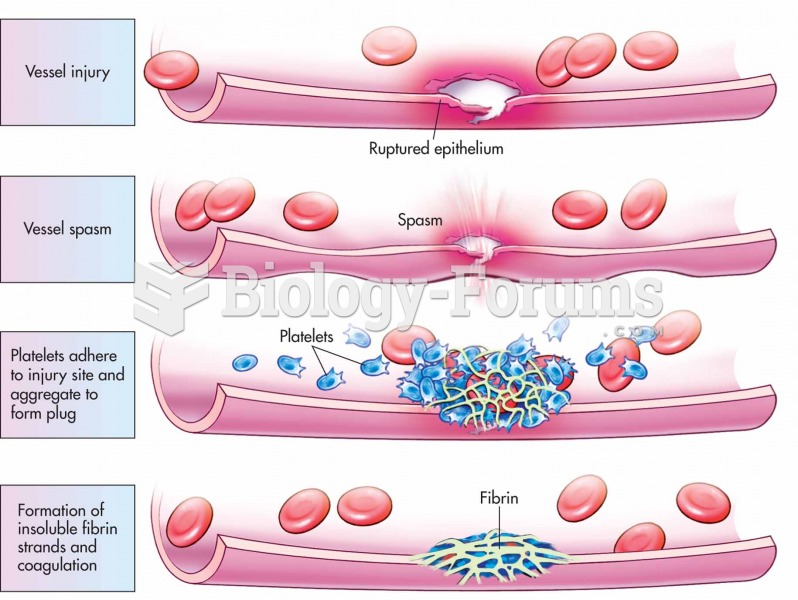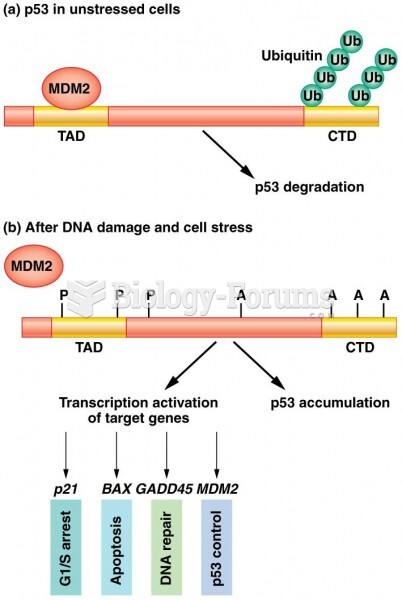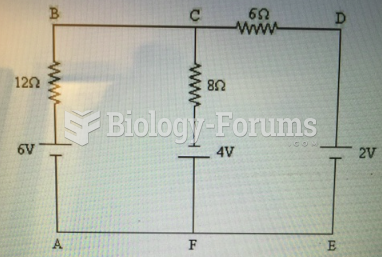Answer to Question 1
Police Investigation: When youths commit a crime, police have the authority to investigate the incident and decide whether to release the youths or commit them to the juvenile court. This is often a discretionary decision, based not only on the nature of the offense but also on conditions existing at the time of the arrest.
Detention: The primary decision at this point is whether the child should remain in the community or be placed in a detention facility or in shelter care (temporary foster homes, detention boarding homes, programs of neighborhood supervision). A hearing by a judicial officer of a juvenile court to determine whether a juvenile is to be detained or released while proceedings are pending in the case.
Pretrial Procedures: In most jurisdictions, the adjudication process begins with some sort of hearing. At this hearing, juvenile court rules normally require that juveniles be informed of their right to a trial, that the plea or admission be voluntary, and that they understand the charges and consequences of the plea. The case will often not be further adjudicated if a child admits to the crime at the initial hearing. Plea bargaining may occur at this stage. Adjudicatoy hearing is the fact-finding process wherein the juvenile court determines whether there is sufficient evidence to sustain the allegations in a petition.
Adjudication: The fact-finding process wherein the juvenile court determines whether there is sufficient evidence to sustain the allegations in a petition.
Disposition: For juvenile offenders, the equivalent of sentencing for adult offenders; juvenile dispositions should be more rehabilitative than retributive.
Treatment: After disposition in juvenile court, delinquent offenders may be placed in some form of correctional treatment. Probation is the most commonly used formal sentence for juvenile offenders, and many states require that a youth fail on probation before being sent to an institution (unless the criminal act is extremely serious).
Answer to Question 2
C







